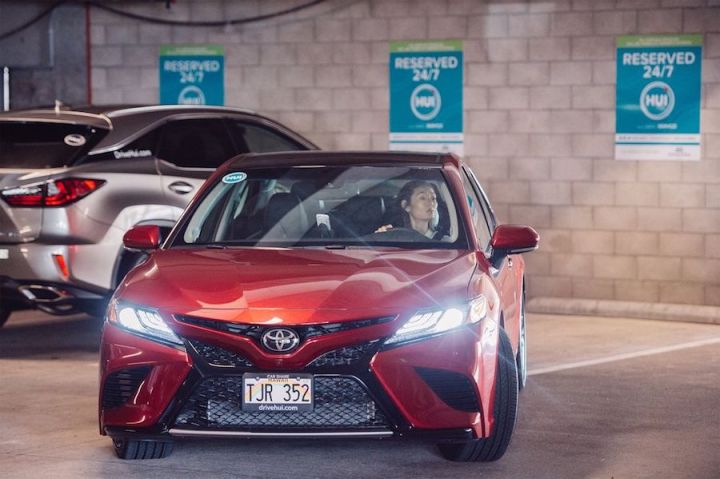
Toyota is getting into the ridesharing game.
The automaker is launching its first service in Honolulu, Hawaii. Called Hui, it will offer customers 50 vehicles at 25 stations spread throughout the city.
It’s operated by Servco — Toyota’s distributor in Hawaii — and works with an app (iOS and Android) that reserves the vehicles and manages accounts.
You can choose from a decent range of cars, too, among them the Toyota Prius, Prius Prime, and Camry XSE, as well as the Lexus RX 350 and RX F Sport. The rental vehicles are parked in marked, reserved stalls for easy pick-up and drop-off, the company said in a message posted on Tuesday. Vehicles need to be returned to the same spot where they were picked up.
Hui vehicles utilize Toyota’s Smart Key Box, which generates a digital key that lets the driver lock and unlock the car via their smartphone, as well as start it up. Rates start at $10 an hour or $80 per day, and top out at $20/$160, depending on the vehicle. Prices include insurance, maintenance, and gas. A provided universal gas card can be used to top up the tank, and drivers are asked to return the car with at least a quarter-full tank so the next driver doesn’t have to waste time searching for a gas station the moment they begin their rental.
Toyota says it’s also considering offering a pay-as-you-go membership plan with higher per-hour and daily rates instead of monthly fees.
Local competition offering similar systems to Hui includes the likes of Zipcar and Enterprise.
Sharing different modes of transportation, whether bicycles, scooters, or cars, is becoming big business across the U.S. and beyond. And now Toyota wants a piece of the pie.
Zack Hicks, CEO and president of Toyota North America, described Hui as “a game-changing way to offer car sharing.”
Hicks added: “The program is simple to use and more convenient than a traditional car rental service, plus typical add-ons like gas and insurance are included in the reservation cost.”
Servco CEO Mark Fukunaga said Hui provides “a new option for Honolulu residents and visitors looking for vehicle access while complementing other existing mobility services such as bike share, ride share, and public transportation, and we are excited for consumers to utilize the technology.”


